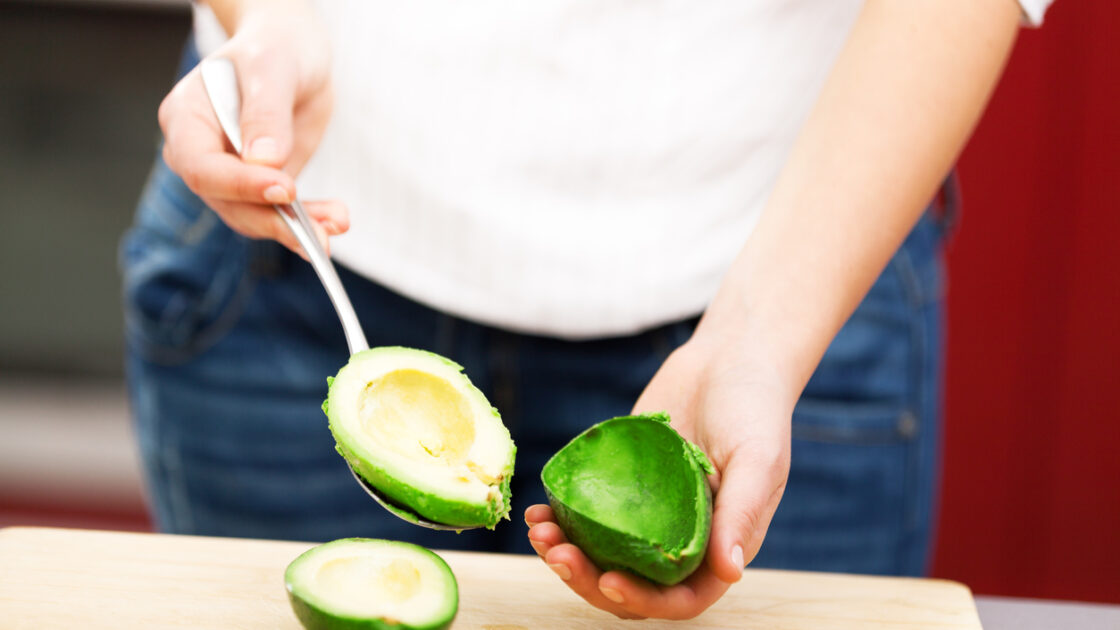Here’s the Skinny on the Ketogenic (High Fat) Diet

The ketogenic diet, and other high fat diets, have gained more popularity in the last few years as a way to manage blood sugar issues, as a tool for weight loss, and to sharpen the brain and improve neurological function. The avocado obsession is real, but is the trend of consuming fats – albeit healthy fats — all of the time a smart diet choice?
What is the Ketogenic Diet?
Remember the Atkins diet craze of the 1990s that vilified carbohydrates? The ketogenic diet shares similar dietary properties. Eat very little carbohydrates (five percent of daily intake), moderate protein (20 percent daily intake) and very high fat, as in 75 percent of the day’s calories.
Although this diet sounds like something created by a Cross Fit marathoner, it was actually formulated as an efficient way to treat epilepsy in children. Designed in 1924 by Dr. Russell Wilder at the Mayo Clinic, the ketogenic diet was a standard of care for reducing seizures in epilepsy. Anti-seizure medications came into play in the 1940s, and soon after the diet fell out of fashion.
Recently, the diet is returning as a therapeutic way to manage and treat epilepsy in children – without the need for medication. In fact, one of the top resources for epilepsy and the ketogenic diet comes from The Charlie Foundation, which was founded by the family of Charlie Abraham’s in 1994.
After trying every seizure medication on the market and undergoing unsuccessful brain surgery, Charlie started the ketogenic diet as a toddler and used it therapeutically for five years. As a college student now, Charlie is seizure free.
How Does the Ketogenic Diet Work?
Drastically reducing carbohydrates (which provides the body with glucose), and replacing them with fat, changes the way that the body works. Instead of using glucose for fuel, the body switches over to using ketones, in a metabolic state called ketosis.
In ketosis, the body metabolizes fat as fuel, turning fat into ketones in the liver. This provides energy for the body’s hungriest organ: the brain.
Although there are a variety of ways to do the ketogenic diet, some adding in more carbohydrates around high intensity exercise, for example, the end-game remains the same: fat as fuel.

How Healthy is the Ketogenic Diet?
Without an abundance of carbohydrates, blood sugar levels and insulin levels drop. This may be key to reducing pre-diabetes and type-II diabetes. A 2005 study found that ten obese patients with type-II diabetes were able to improve insulin sensitivity by an astounding 75 percent after just 14 days of the ketogenic diet.
A 2005 study found that seven of 21 participants with type-II diabetes were able to stop all diabetes medications, after following the ketogenic diet for 16 weeks.
Studies have also shown how effective going keto is for weight loss. A 2003 study found that people on a ketogenic diet lost 2.2 times more weight than those following a calorie-restricted low-fat diet, after six months. Participants on the ketogenic diet even saw their triglyceride and HDL cholesterol levels improve.
The diet may be able to reduce symptoms of Alzheimer’s and slow the progression of the degenerative disease, according to a 2012 study.
It may also improve the symptoms of Parkinson’s disease, polycystic ovarian syndrome, and aid in brain recovery after injury.

What do I Eat on the Ketogenic Diet?
All things refined carbohydrates are off the table on the keto diet. The focus is on fat, and lots of it.
Foods to eat include pasture-raised meats, organic eggs, organic dairy products like whole milk and cultured butter, fatty fish, raw nuts and seeds, healthy oils like olive oil and coconut oil, avocados, and coconut.
Lower carbohydrate fruits and vegetables can be consumed in moderation, such as leafy greens, cucumbers, bell peppers, and berries.
Any foods high in carbohydrates are no-go on the keto diet. These include sugar, soda, grains, starches, legumes, beans, refined industrial oils (soybean, canola) low-fat diet foods, alcohol, sugar-free foods, and other artificial sugars and chemicals.
Is the Ketogenic Diet Safe?
The ketogenic diet has been widely studied and proved to be a safe and effective way to promote weight loss in obese patients, reduce and eliminate symptoms of epilepsy, and control blood sugar levels – if done correctly and under the supervision of a medical professional or nutritionist dietician.
Research shows that some unpleasant side effects of the diet can occur including the “keto-flu” (more on that below), kidney stones, and raised LDL cholesterol levels.
Those who stop the ketogenic diet can quickly regain weight, if they resort back to a standard American diet as well.
Should You Try the Ketogenic Diet?
Many who embark on a ketogenic diet find the first few weeks challenging. When the body switches from using glucose to ketones as fuel, some negative symptoms can manifest.
These symptoms, which many refer to as the “keto-flu”, include headache, brain fog, fatigue, nausea, and general lack of energy. Usually, the keto-flu clears up in a couple of weeks, and so too do the associated side effects.
[Note: Always talk to a health care provider before embarking on a new diet plan, especially the ketogenic diet.]
Related On Organic Authority
Are the MCT Oil Nutrition and Health Claims Backed Up?
30 Days of Paleo: Beating the Bloat
Healthy Fats and Fat Phobia: What You Need to Know

